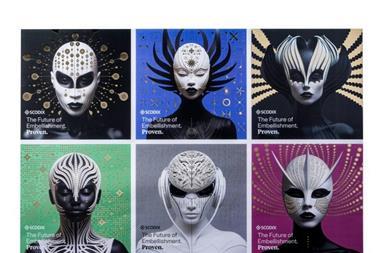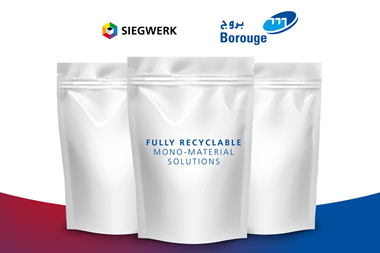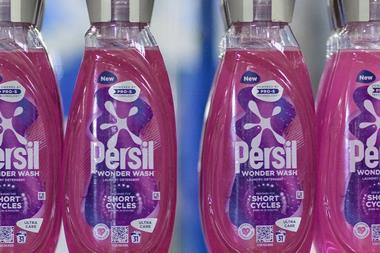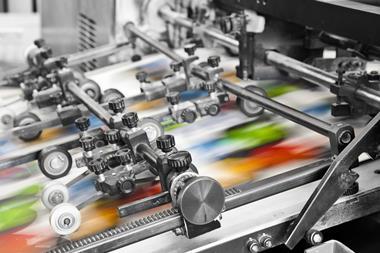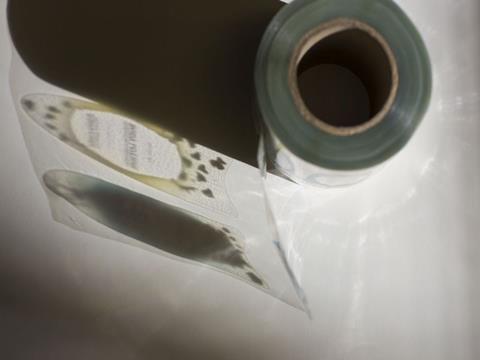
Not one label is the same - different applications require different digital technology, which is precisely why printing is such an exciting business.
Filip Weymans, VP Global Marketing at Xeikon, explores the options for health and beauty label printing.
Whether it is for pharma, wine & spirits, durables, health & beauty, industrial chemicals or beverages, every label comes with its own aesthetic and functional requirements. In a series of blogs, we dive deeper into the characteristics of each of these labels, and advice which digital printing technology is best suited.
In this last blog, we focus on health & beauty labels, a group of products with very specific requirements in terms of substrates and white opacity level. Cosmetics, fragrances and make-up labels are mainly produced with synthetic substrates (white or clear, BoPP or PE). They must be resistant to humidity, contain sufficient levels of white opacity for the clear labels and look stunning on the shelf.
Image quality drives the choice At Xeikon, we did an in-depth analysis of different digital label printing technologies and looked at the technical characteristics of each technology. Based on this report, Xeikon recommends two technologies for printing health & beauty labels: dry toner and UV inkjet. The choice ultimately comes down to the desired image quality the brand owner expects. Let’s take a closer look.
Substrates Two factors determine if a printing technology is suitable for a certain substrate: adhesion (if and how well the printed image stays fixed to the substrate) and pigment penetration (if and how well the ink or toner penetrates the substrate). For health & beauty labels, adhesion should be high, while pigment penetration should be avoided at all cost.
Synthetic substrates are most common for cosmetic labels. Due to its chemical affinity dry toner is a great choice as it can be used without any coating or primer. UV-curable inkjet requires a corona treatment to ensure a high enough surface tension and proper spread of the UV inkjet ink.
White opacity of cosmetic labels For health & beauty labels, a sufficient level of white opacity is required. The opacity of a color is determined by the concentration of pigments and pigment particle size. Dry toner scores well on both accounts. White dry toner combines the highest pigment load with the largest particle size, offering white layers of an opacity that is generally higher than that of flexo white, in a single pass.
For UV-curable inks used in single-pass high-frequency jetting systems, the pigment particle size should be small enough to avoid nozzle clogging. Also, the required viscosity of the inks does limit the maximum possible pigment load. However, inkjet inks are capable of achieving an opacity comparable to that of screen printing, provided the print head features a low native resolution, producing a large-sized droplet, which is a disadvantage for design elements other than solids, and at potentially lower printing speeds.
Look and feel of cosmetic labels Dry toner gives a matte impression which, by applying a varnish, can give a glossy impression. When fine image details (offset look) are required this technology is preferred. UV inkjet gives a very high gloss and tactile impression, which can appeal to certain people. The image details are not as sharp as dry toner but this is not necessarily a requirement. The appearance of both technologies is not influenced when the labels get in touch with the water (condense) on the outside of the bottle.
More info:

